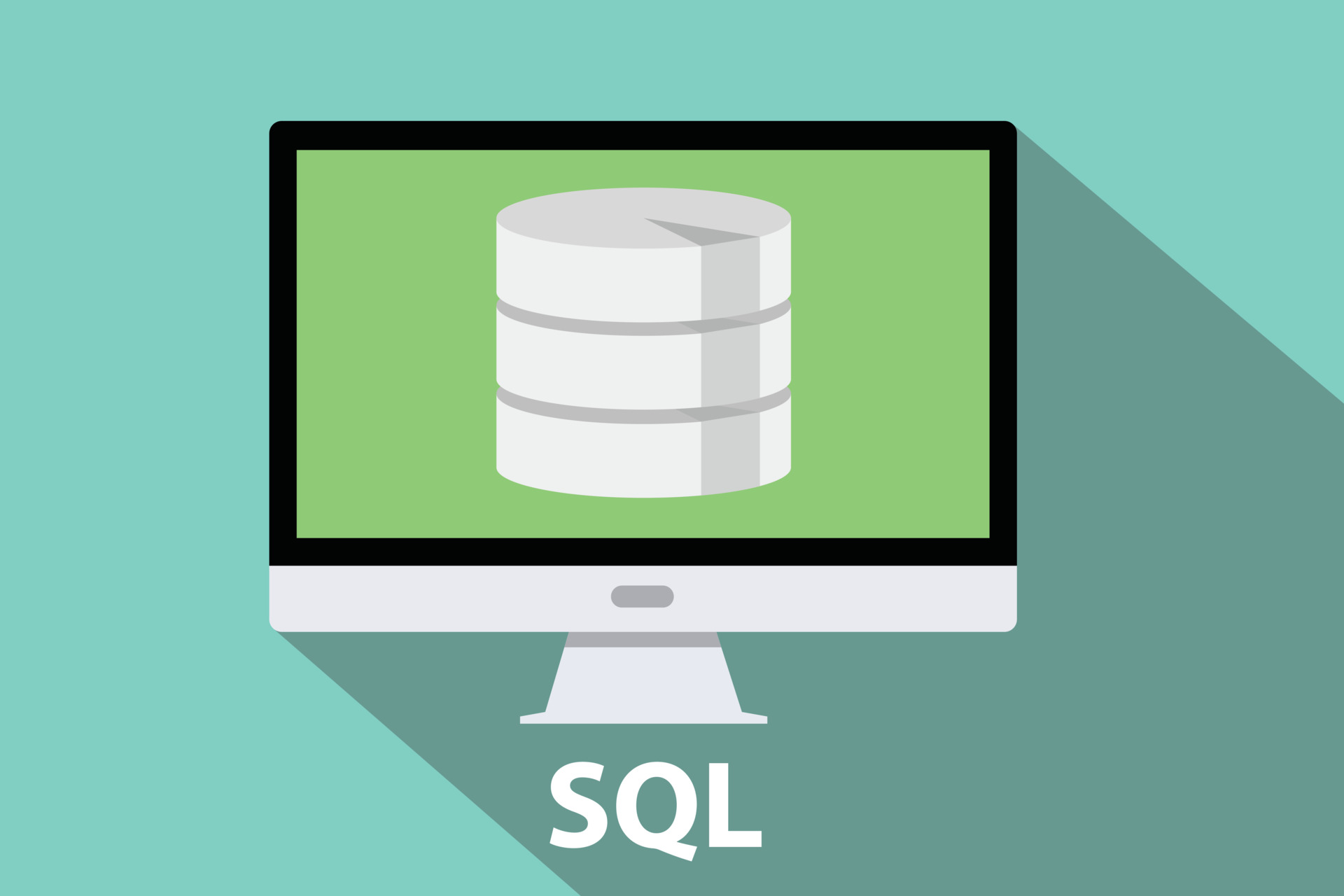
Introduction
Learn SQL fundamentals: SQL, or Structured Query Language, is a powerful tool for managing and manipulating databases. Whether you’re new to SQL or looking to solidify your basics, understanding its fundamentals is essential for effective data management. This post provides a beginner-friendly introduction to SQL, covering its core concepts, basic queries, and practical applications.
What is SQL and why is it important?
SQL, or Structured Query Language, is a powerful tool for managing and manipulating databases. Whether you’re new to SQL or looking to solidify your basics, learning SQL fundamentals is essential for effective data management. SQL allows users to interact with databases through operations like retrieving, inserting, updating, and deleting data. Its standardized nature ensures compatibility across different database systems, making it a versatile skill in the tech industry. Mastering SQL fundamentals provides a strong foundation for more advanced database operations and data analysis techniques.
Basic Structure of an SQL Query
SQL queries follow a structured format to retrieve specific data from databases. Here’s a simple SELECT statement example:
SELECT * FROM Customers;
This query retrieves all columns and rows from the Customers table, demonstrating the basic structure and functionality of SQL queries.
Examples of Simple Queries and Their Practical Impact
- Filtering Data: Use WHERE clause to filter specific data:
SELECT * FROM Orders
WHERE OrderDate >= '2023-01-01';
This query retrieves orders placed on or after January 1st, 2023, showcasing how SQL can filter data based on specified criteria.
- Sorting Results: Use ORDER BY clause to sort data:
SELECT ProductName, UnitPrice FROM Products
ORDER BY UnitPrice DESC;
This query sorts product names by their unit prices in descending order, facilitating easier data analysis and decision-making.
Applications of SQL Across Industries
SQL’s versatility extends across various sectors, including finance, healthcare, e-commerce, and more. Professionals use SQL to manage customer data, analyze sales trends, track inventory, and streamline business operations.
Explore SQL Courses
Ready to dive deeper into SQL? Enhance your skills with structured courses that offer hands-on practice and expert guidance. Explore our recommended SQL courses to master SQL effectively and advance your career. Learn more here.
Conclusion
In conclusion, SQL is a fundamental skill for anyone involved in data management and analysis. By mastering its basics and practical applications, you can leverage SQL to efficiently handle data tasks and drive business insights. Start your SQL journey today and unlock the power of data-driven decision-making.

